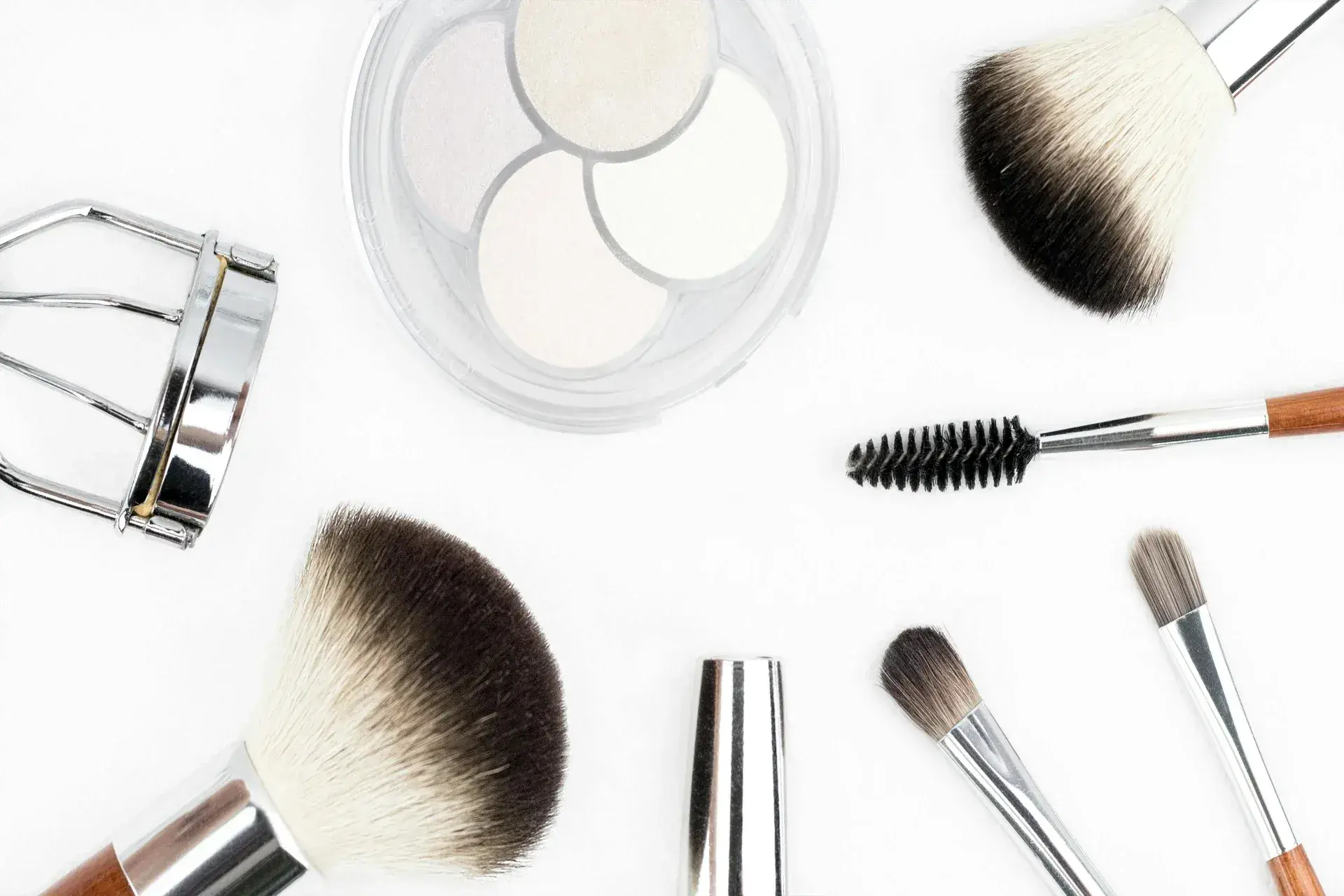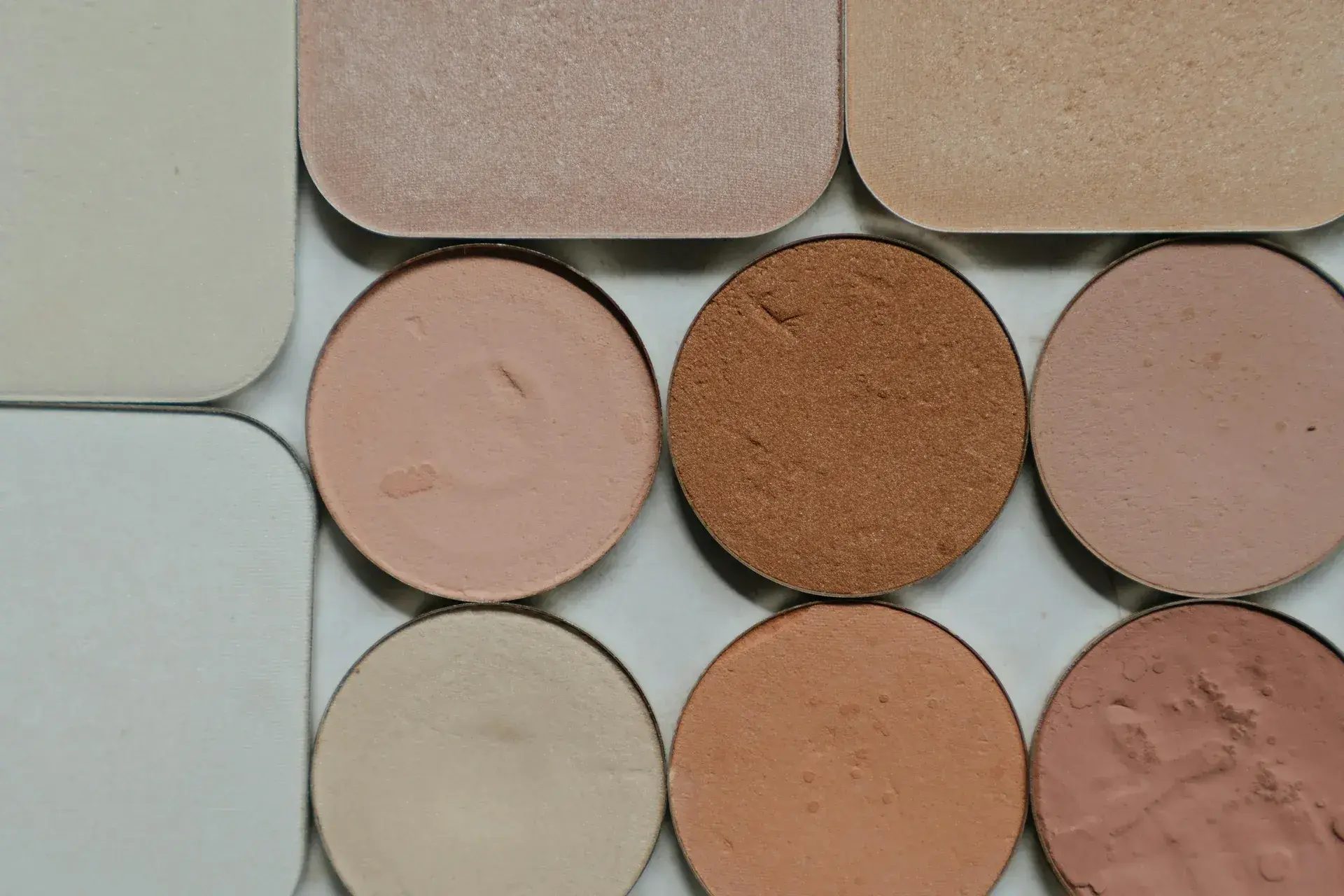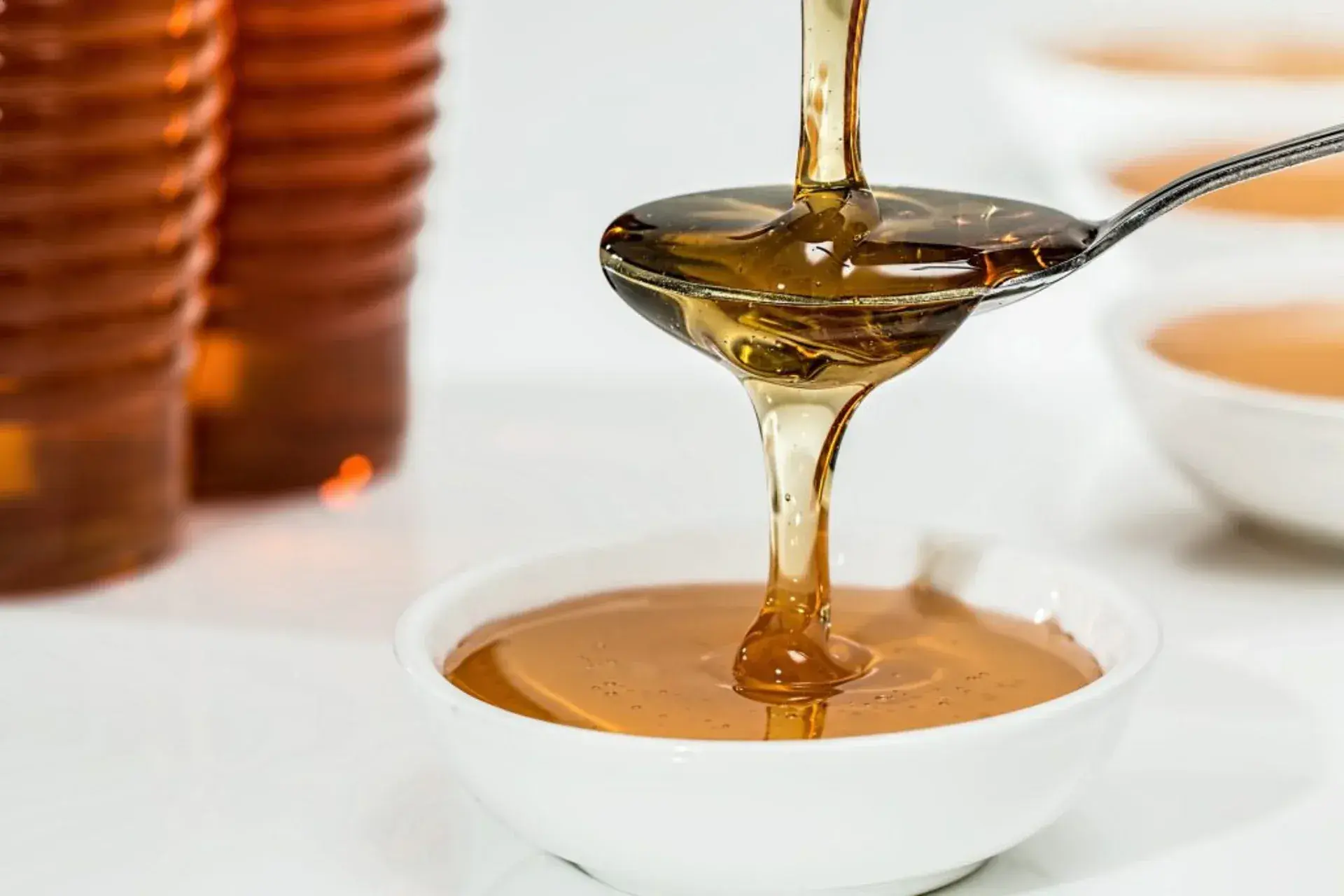Nail Extensions Uncovered. A Guide to Acrylic, Gel, and Polygel Nails
Nail extensions are an excellent solution for those seeking to add length and strength to their natural nails. With various types of nail extensions available, it's essential to understand the differences between acrylic, gel, and polygel nails to determine the best option for your needs and preferences. In this article, we will explore these popular nail extension types, discussing their features, application processes, and the pros and cons of each.
Acrylic Nails
Acrylic nails have been a staple in the nail industry for decades. They are created by mixing a liquid monomer and a powder polymer, which form a malleable paste that hardens upon exposure to air. This paste is applied to the natural nail and extended using a nail form or tip before being shaped and filed into the desired length and shape.
Pros:
- Durable and long-lasting
- Suitable for those with weak, brittle nails
- Can be easily repaired if damaged
Cons:
- Can damage the natural nail if not applied and removed correctly
- May cause an allergic reaction in some individuals
- Requires regular infills and maintenance
Gel Nails
Gel nails are a popular alternative to acrylics and are created using a thick, gel-like substance that is cured under a UV or LED light. The gel is applied to the natural nail and extended using a nail form or tip, then shaped and filed to the desired length and style.
Pros:
- Softer and more flexible than acrylic nails, providing a more natural feel
- Odorless application process
- Less damaging to the natural nail if properly applied and removed
Cons:
- Less durable than acrylic nails and may be prone to chipping or lifting
- Requires UV or LED light for curing, which may cause skin sensitivity for some individuals
- May be more challenging to repair if damaged
Polygel Nails
Polygel nails are a relatively new innovation in the nail extension world, combining the best features of acrylic and gel nails. Polygel is a hybrid formula that is applied in a similar manner to gel nails but offers the strength and durability of acrylic nails. This versatile product is available in a variety of colors and finishes, allowing for endless customization possibilities.
Pros:
- Combines the durability of acrylics with the flexibility of gel nails
- Odorless and more lightweight than acrylics
- Easy to apply and shape, with minimal filing required
Cons:
- Can be more expensive than acrylic or gel nails
- Requires UV or LED light for curing
- May be less accessible, as some salons may not offer polygel nail services

When it comes to nail extensions, acrylic, gel, and polygel nails each offer unique benefits and drawbacks. Acrylic nails are known for their strength and durability, gel nails offer a more natural feel and appearance, and polygel nails combine the best of both worlds. The ideal choice will depend on your personal preferences, lifestyle, and desired maintenance level. Consult with a professional nail technician to determine which type of nail extension is best suited to your needs and enjoy a beautiful, long-lasting set of nails that enhance your style.









